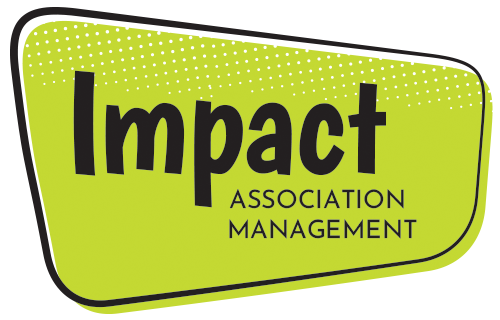Associations have been focused over the last few years on growing their millennial membership. It has been much more difficult to bring millennials into associations than previous generations. Although it is important to keep understanding and pursuing millennials, there’s a new kid in town that your focus should also include. The older group of Generation Z is now reaching the age of college graduates and young professionals. In order to relate to them and capture their attention, it is important that you understand them.
Generation Z includes people born between the mid to late 1990s and 2015. Generation Z is unique in several ways. They are known for having an optimistic outlook on things despite having grown up in a post-9/11 world and living through a recession. Gen Z’s have also never known a world without advanced technology. They are quick to learn and figure things out. These traits can be incredibly useful to your association bringing different perspectives to leadership.
Gen Z’s also have a tendency to be researchers. They take information from multiple sources, fact check, and form their own opinions on things. This leads to a lot of time spent on Google which might not be a bad place to find them! They often do quite a bit of research on a company or brand before committing to it. This means your website and social media should be up to date, informative, and relevant.
When it comes to their work life, Gen Z’s are always seeking opportunities and ways to gain experience. This makes them a great fit for associations! Pairing them with mentors and providing educational content will allow them to get what they want out of joining.
Another thing to keep in mind when considering ways to recruit and involve this group, is that they are accustomed to instant gratification. If they do not get this, they can often get frustrated or assume something is wrong. Keep this in mind when setting up the application system for membership, registration for events, and any other interactions where they might expect a complimentary email or gratification.
Generation Z makes for the perfect association member. The obstacle is recruiting and retaining them. Continue to learn about this age group and find ways to make your benefits match what they need.





